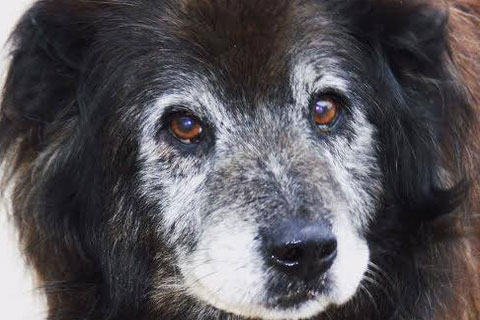What happens when my dog develops a mass?
Cancer is a major cause of disease in veterinary patients, and surgical removal of tumors is one of the most common procedures performed by veterinarians. In human cancer patients approximately sixty percent are cured with surgery alone.
The detection of solid tumor masses often occurs at the time of the pets annual physical examination. At this time the location, size, and general appearance of the mass is recorded; as well as the condition of the regional lymph nodes. The next step involves sampling the tumor. This can be accomplished by fine needle aspirate, needle core biopsy, incisional, or excisional biopsy. The purpose of the biopsy is to determine the tumor type and behavior. Based on this information planning can begin for the surgical removal of the mass.
In general the more aggressive the tumor mass the more aggressive the surgical procedure for removal. Clearly tumor characteristics and location will affect the surgical plan. If the tumor is believed to be malignant then tumor staging establishes to what extent the tumor has invaded local, regional, or distant tissues. The staging usually includes taking three X-rays of the chest, feeling and or needle aspirating near by lymph nodes, and in some cases ultrasound, CT scan, or MRI. Of course localized disease is much better than cancer that is present in more than one location in the body.
There are several levels of surgical aggressiveness or surgical dose shall we say. Interestingly the most common surgical mistake is that the surgical dose is too low. It is important to consider the tumor type, prognosis, ability to achieve margins, and concurrent disease when planning for surgery. The first surgery is often the best chance for positive outcome.
Surgical dosing could range from intralessional, that is, debulking the mass; to radical resection with removal of an entire tissue compartment. In general it is important for the surgeon to remove all the unhealthy tissue with a border of healthy tissue around the mass. The tumor type, grade, behavior, and location will determine the aggressiveness of the surgeon.
During the surgical procedure it is important for the surgeon to handle the cancerous tissue as little as possible and to change out the surgical instruments just prior to closing the surgical wound.
Once the mass is removed, the edges of the tissue are marked with black ink or suture, such that the pathologist can determine the extend of the margins of healthy tissue around the tumor.
In the event the margins are not clean, known as a dirty margin, additional surgery will be needed to remove surgical scar and attain the margin needed.
In summary surgery is often the best option to treat a solid tumor mass. With careful planning and attention to detail often outcomes can be excellent and surgery can be curative.




 WSHS can accept credit-card donations online using a secure server. Click on the Donate Now button. You can choose how your donation will be used! All donations are tax deductible.
WSHS can accept credit-card donations online using a secure server. Click on the Donate Now button. You can choose how your donation will be used! All donations are tax deductible.